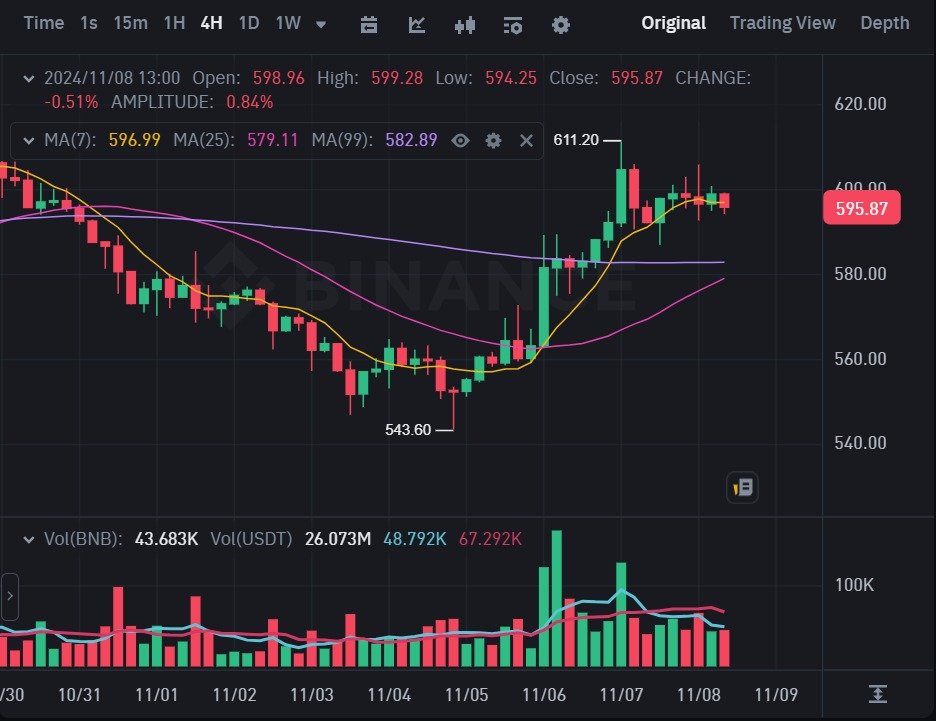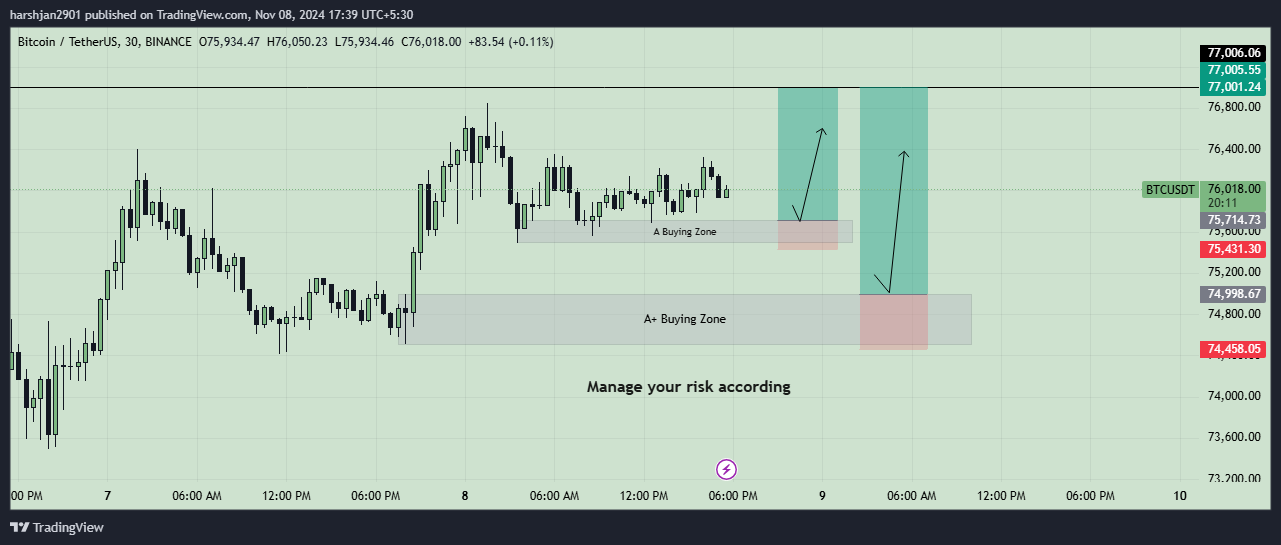Yes, crypto mining can potentially damage a laptop, especially if the laptop is not designed for intensive tasks like mining. Here’s how mining can cause damage and why it’s important to understand the risks:
1. Excessive Heat Generation
One of the most significant risks of mining crypto on a laptop is the excessive heat generated by the mining process.
- Mining Requires Heavy Processing Power: Mining involves solving complex mathematical problems to verify transactions on a blockchain network. This process requires significant computing power, especially when mining with algorithms like Proof of Work (PoW) used by Bitcoin and Ethereum. Laptops, particularly those not designed for high-performance tasks, can struggle with the amount of heat generated by this heavy workload.
- Overheating: Most laptops are not built to handle sustained, high processing demands like desktop computers or custom mining rigs. When a laptop is mining for long periods, the CPU (central processing unit) and GPU (graphics processing unit) are heavily taxed, causing them to overheat. This sustained heat can lead to thermal throttling, where the device reduces its processing speed to avoid overheating, or in more severe cases, permanent hardware damage.
- Damage to Components: Extended overheating can lead to:
- Shortened lifespan of internal components (CPU, GPU, battery, etc.)
- Warping or melting of sensitive components due to heat buildup
- Reduced battery life due to constant charging and high power consumption
2. High Power Consumption and Battery Drain
Crypto mining is power-intensive, and laptops, particularly those not plugged into a power source, can face additional stress:
- Battery Drain: If you mine on a laptop without keeping it plugged in, the power demands could deplete the battery quickly. Over time, the battery’s health can degrade, leading to reduced battery life or failure. Mining while charging can also cause additional strain, as the battery is constantly being used at maximum capacity.
- Overcharging: Even if your laptop is plugged into the wall, the constant charging and discharging during mining can lead to overcharging or damage to the battery’s charge cycle, eventually causing the battery to degrade faster than usual.
3. Excessive Wear and Tear on Internal Parts
Mining on a laptop for extended periods can lead to increased wear and tear on the internal parts:
- Fans and Cooling Systems: Laptops use cooling fans to keep internal components at safe temperatures. However, mining’s constant high processing load can force these fans to work overtime, potentially leading to:
- Fan wear: Fans may become louder or even stop working after prolonged stress.
- Dust accumulation: Fans and internal vents may accumulate dust faster than usual, which can obstruct airflow and further contribute to overheating.
- System Instability: Mining can stress the laptop’s hardware to the point where the system might freeze, crash, or shut down unexpectedly. This can increase the likelihood of corrupted files or system errors over time.
4. Reduced Laptop Performance
Even if mining doesn’t cause immediate physical damage, it can significantly impact laptop performance in the long run:
- Slower Performance: Mining consumes a lot of system resources, meaning other applications or tasks could become sluggish or unresponsive.
- Decreased Resale Value: A laptop that has been used for mining may have reduced resale value, as buyers will likely be wary of its potential damage from overheating or heavy use.
5. Potential for Complete Hardware Failure
In extreme cases, running mining software on a laptop can cause complete hardware failure:
- Burnt-out GPUs or CPUs: The GPU or CPU could become so overheated that it could burn out or fail completely.
- Motherboard Damage: Overheating can also affect the motherboard, leading to a potential system failure. This can be catastrophic for a laptop, potentially rendering it unusable.
6. Why Laptops Aren’t Ideal for Mining
While it’s technically possible to mine cryptocurrencies on a laptop, it’s generally not recommended due to the following reasons:
- Lack of sufficient cooling: Laptops are not designed with the same cooling capacity as desktop PCs, which are optimized for sustained performance.
- Limited power: The GPU or CPU in most laptops isn’t built to handle the kind of heavy computational load that mining requires. As a result, the mining process will be inefficient and cause unnecessary strain.
- Lower profitability: Even if you mine on a laptop, the profitability is usually very low compared to mining on more powerful desktop rigs or specialized ASIC (Application-Specific Integrated Circuit) miners.
Conclusion: Is Crypto Mining on a Laptop Worth the Risk?
While it’s possible to mine crypto on a laptop, it’s generally not worth the risk for the reasons listed above. Laptops are not designed for the high power consumption, heat generation, and constant processing required by mining, and using them for such purposes can lead to significant hardware damage, reduced performance, and a shorter lifespan.
If you are serious about crypto mining, it’s much more efficient and safer to invest in a dedicated mining rig or specialized hardware like ASIC miners, which are built to handle the demands of mining without the same risks.
If you’re new to crypto and looking for safer, more profitable ways to engage with the market, consider exploring copy trading or automated crypto trading bots with Lumina Lore. We offer strategies tailored for success in the crypto space.
👉 Start with Binance: Sign up and begin your journey with a powerful platform using our referral link.
👉 Copy Trading: Maximize your profits by copying the best traders using Binance Copy Trading.



